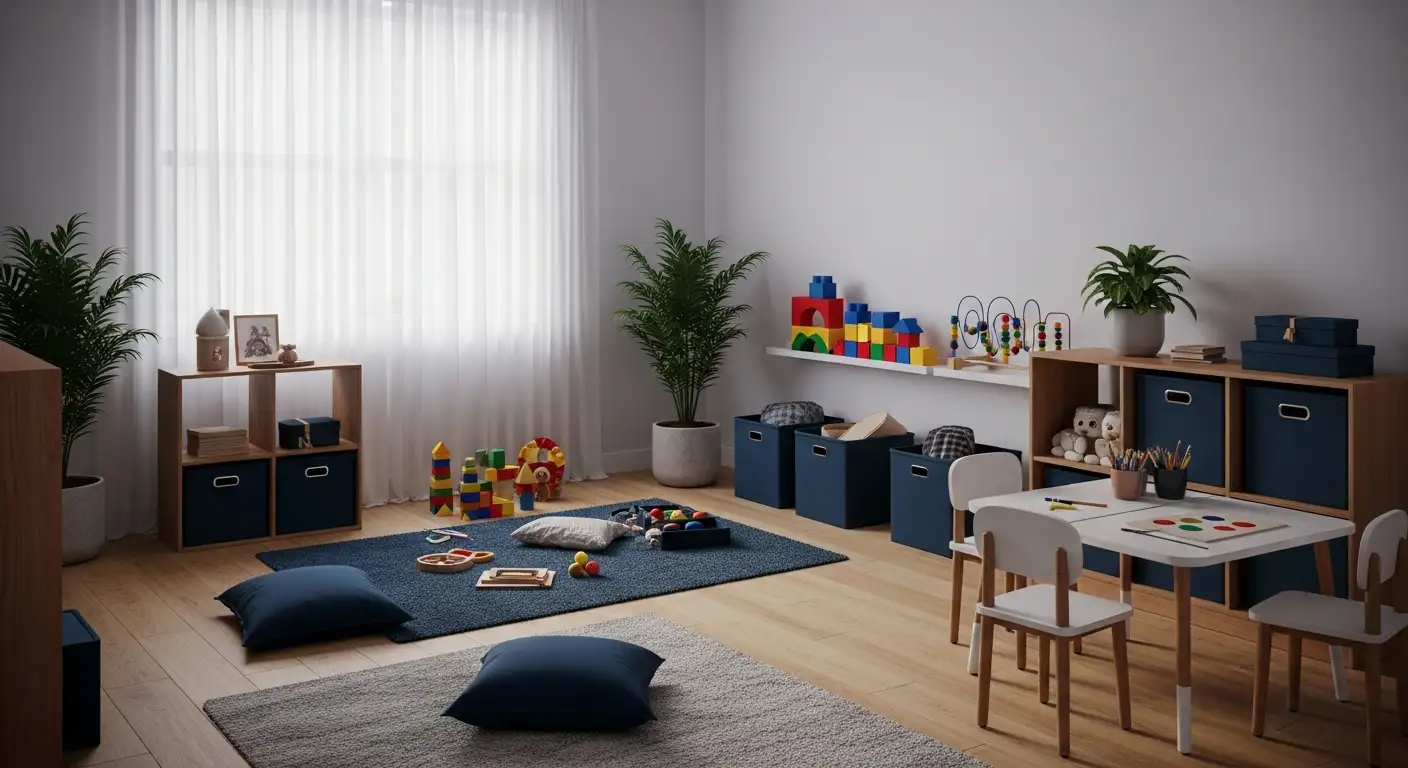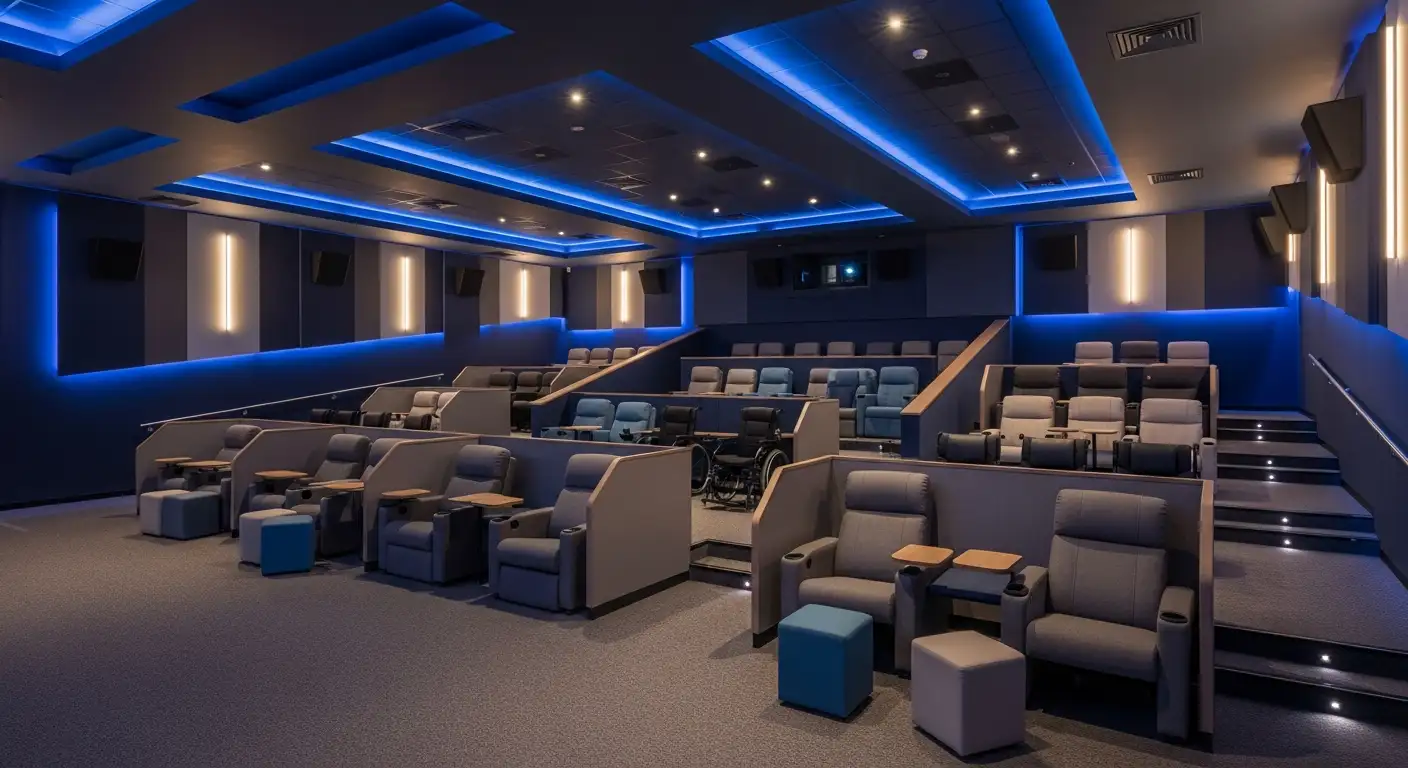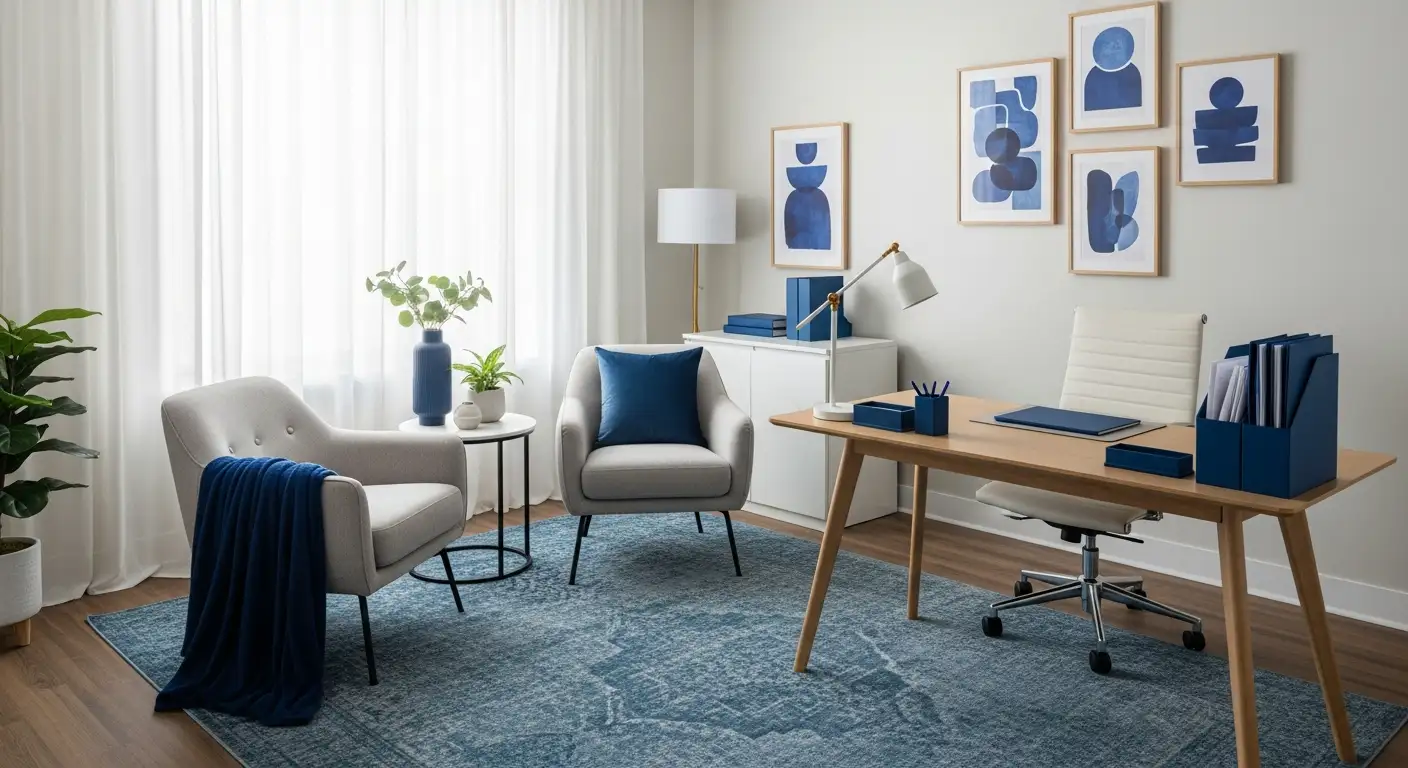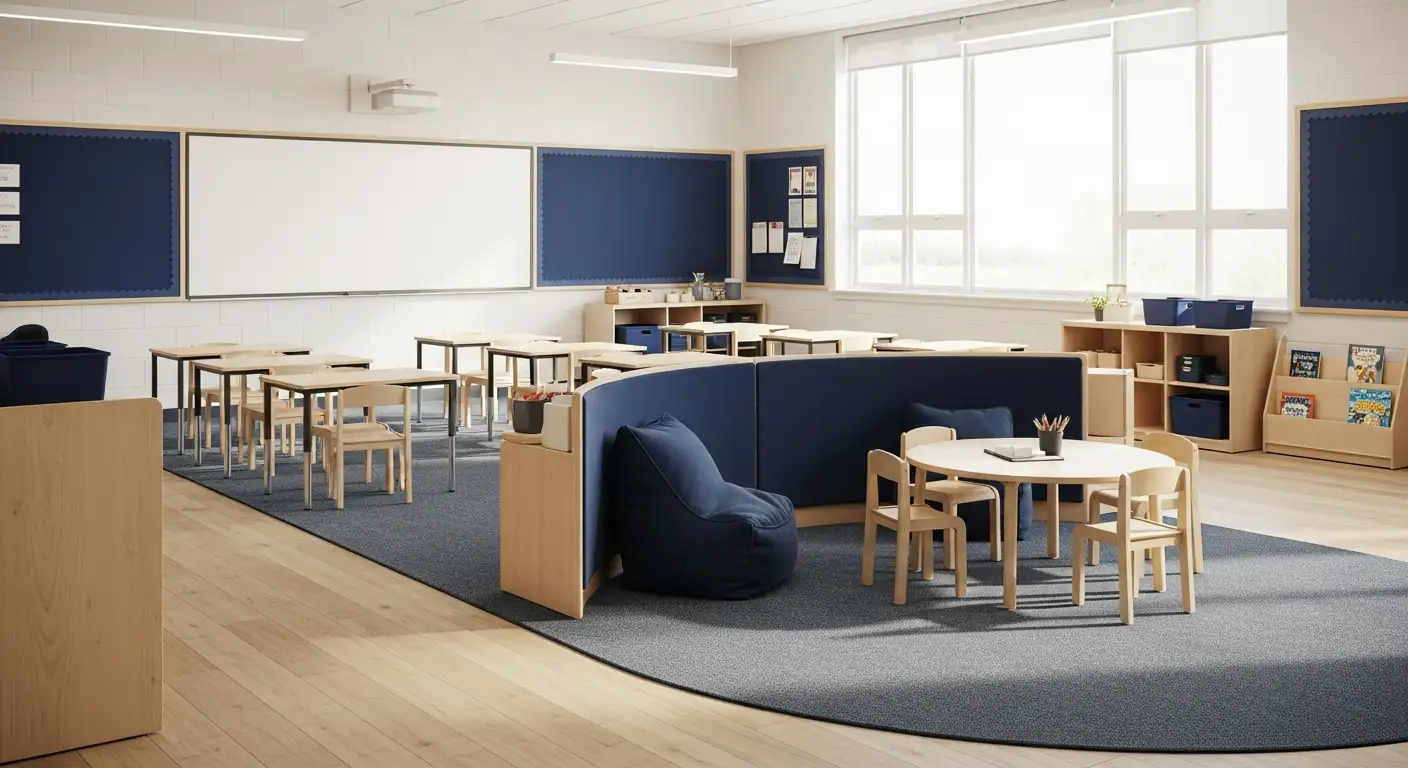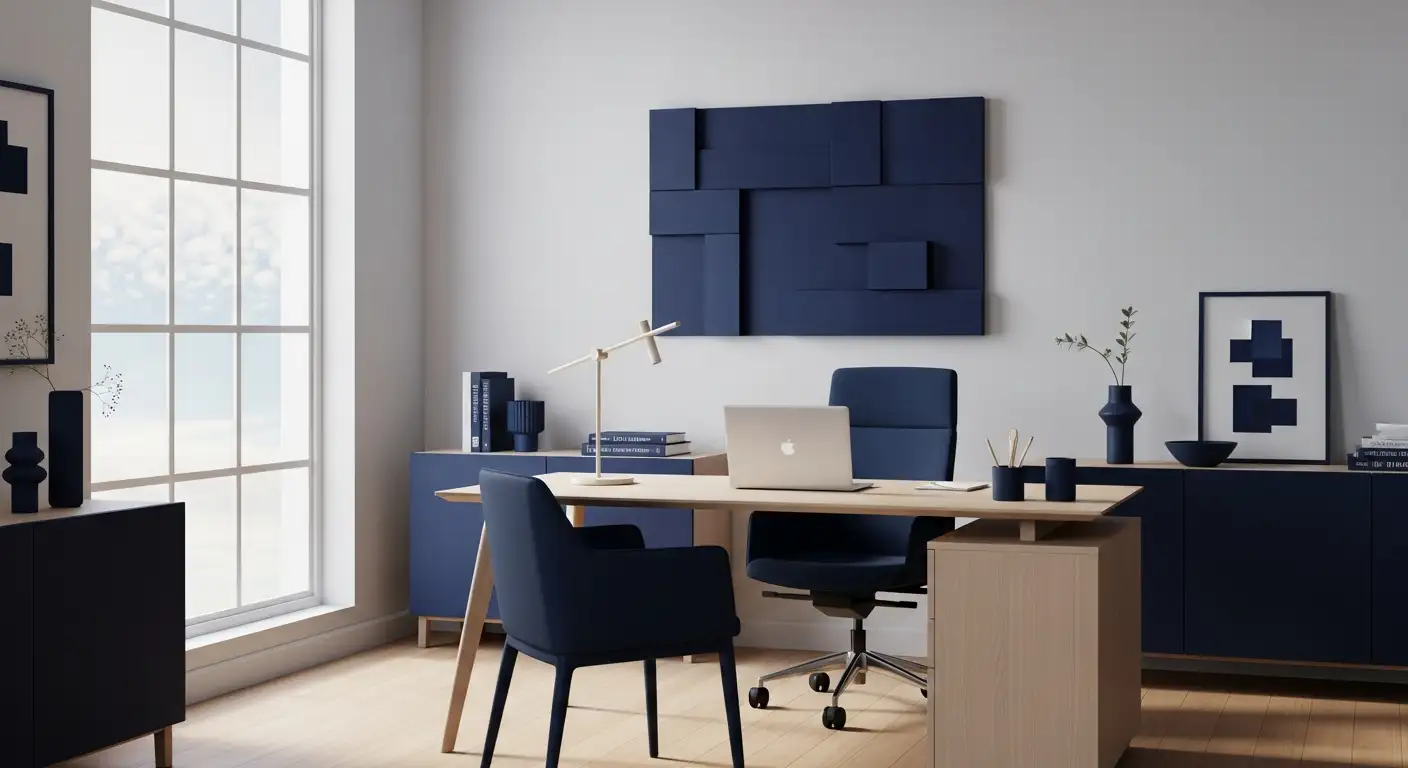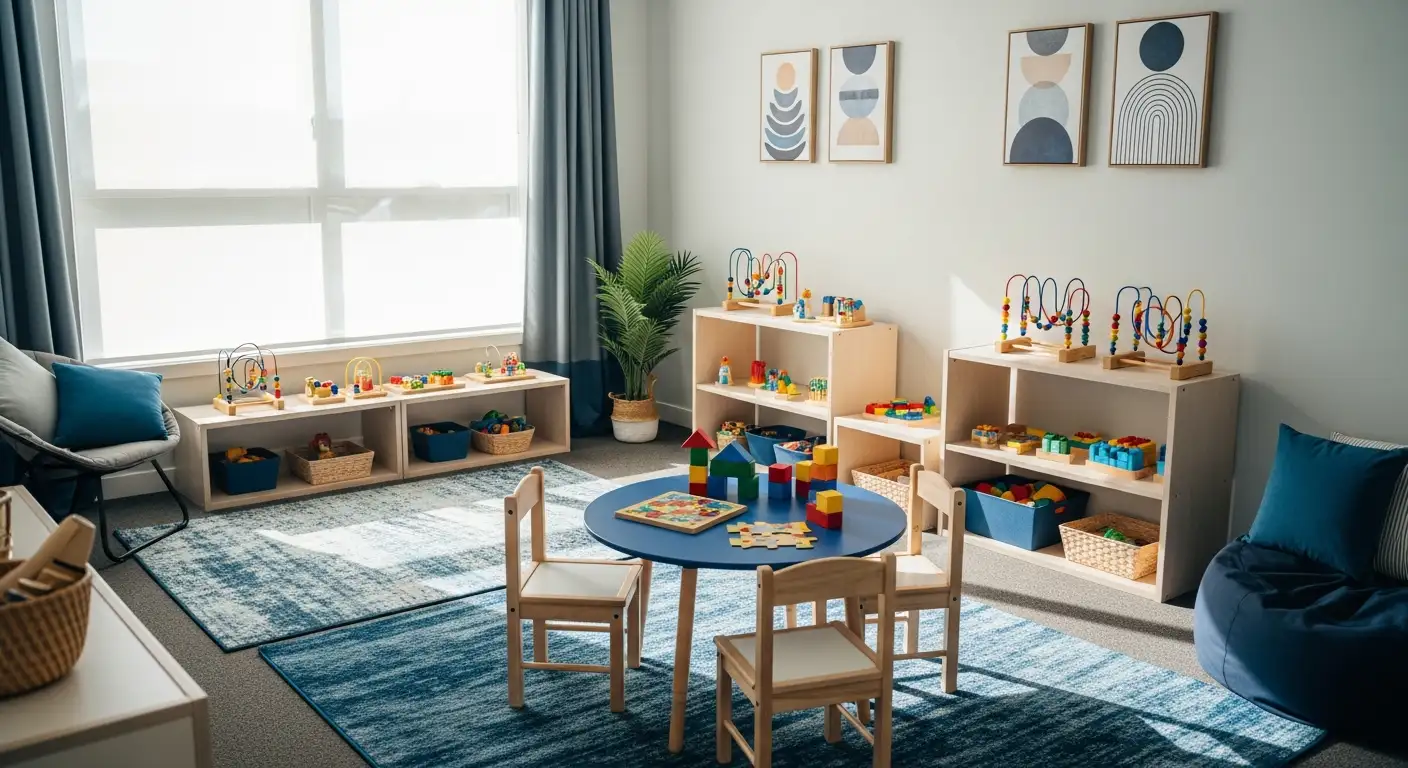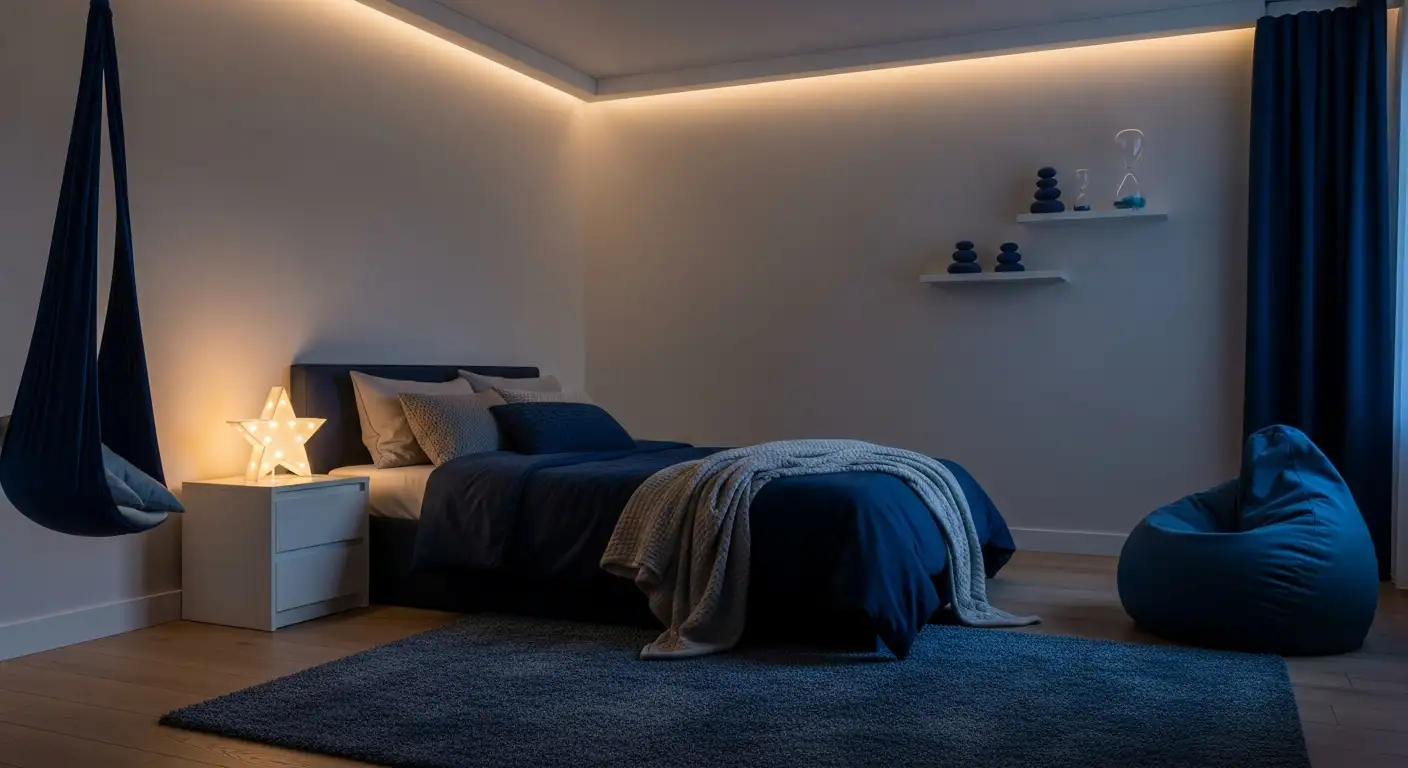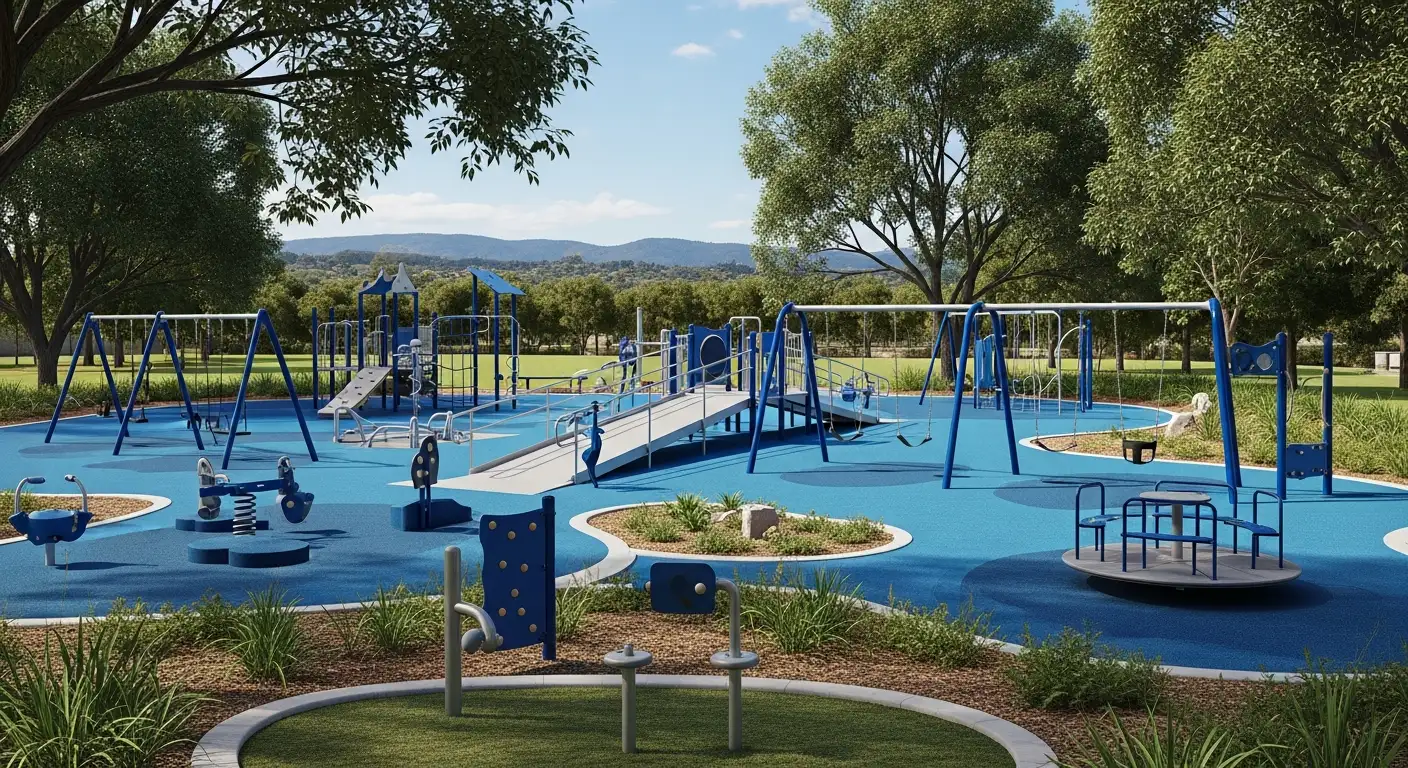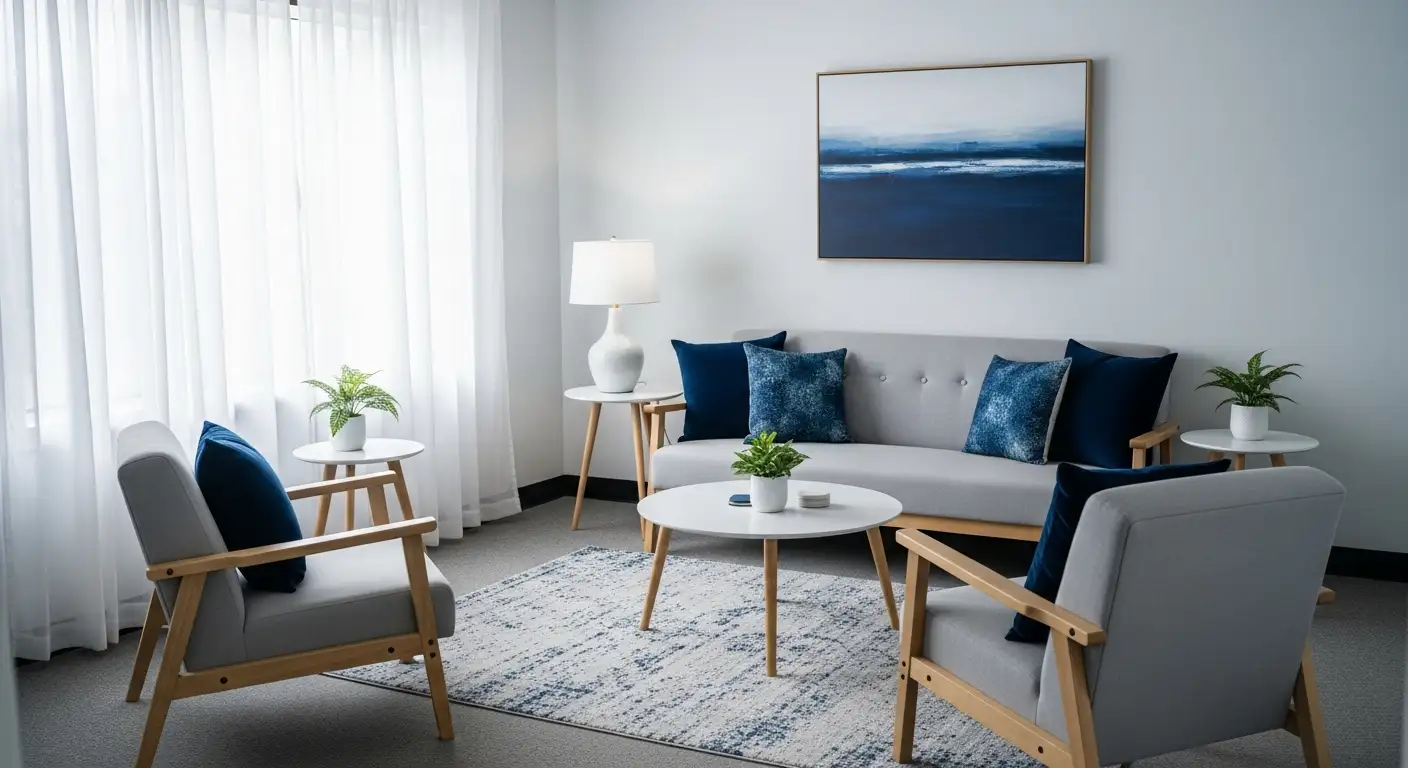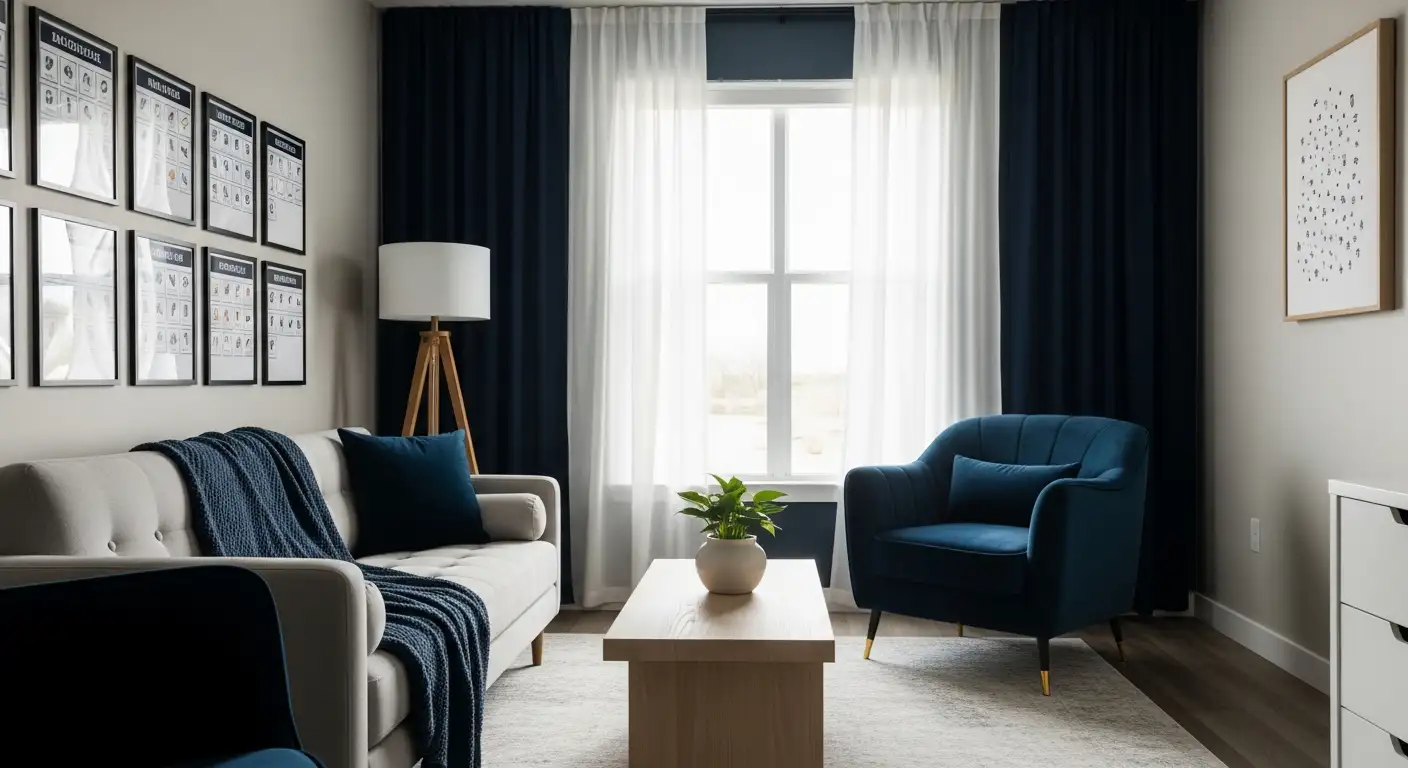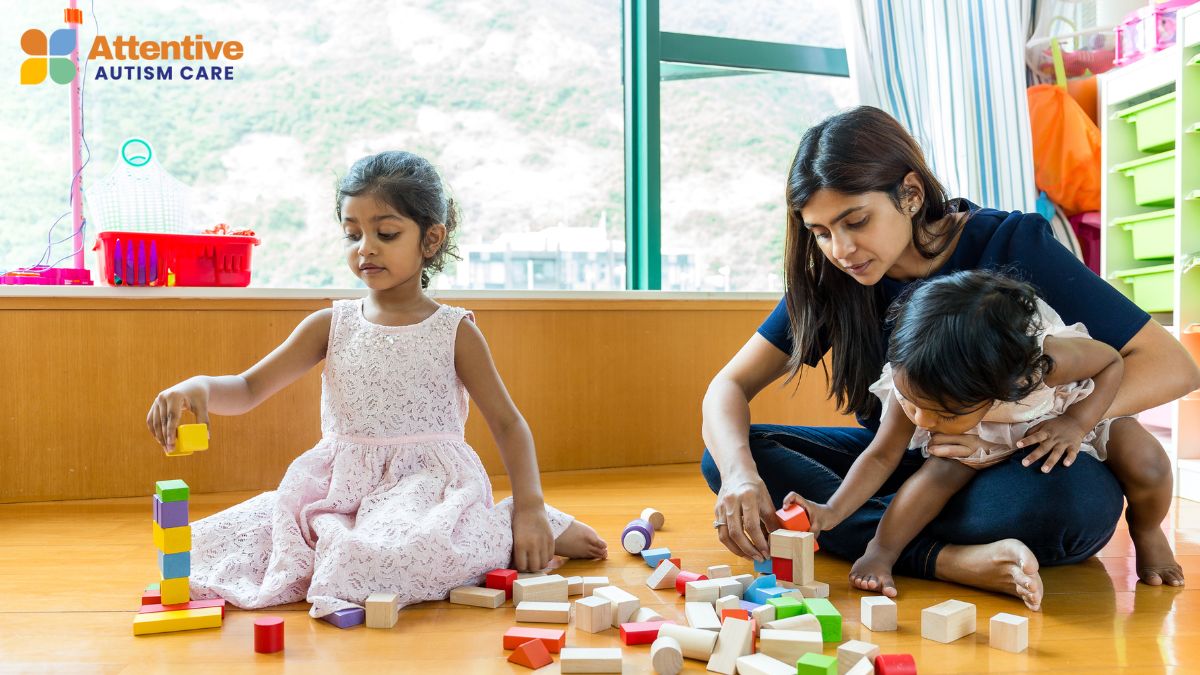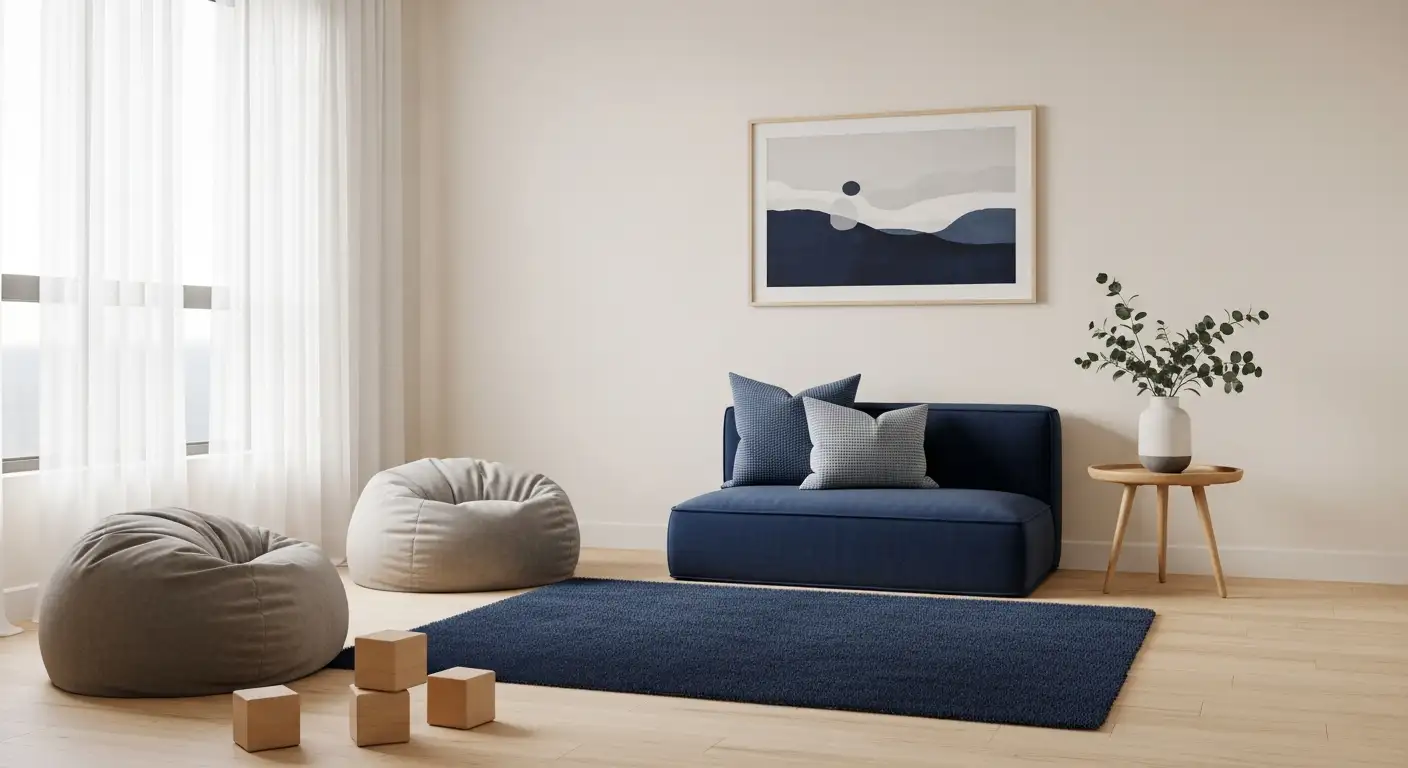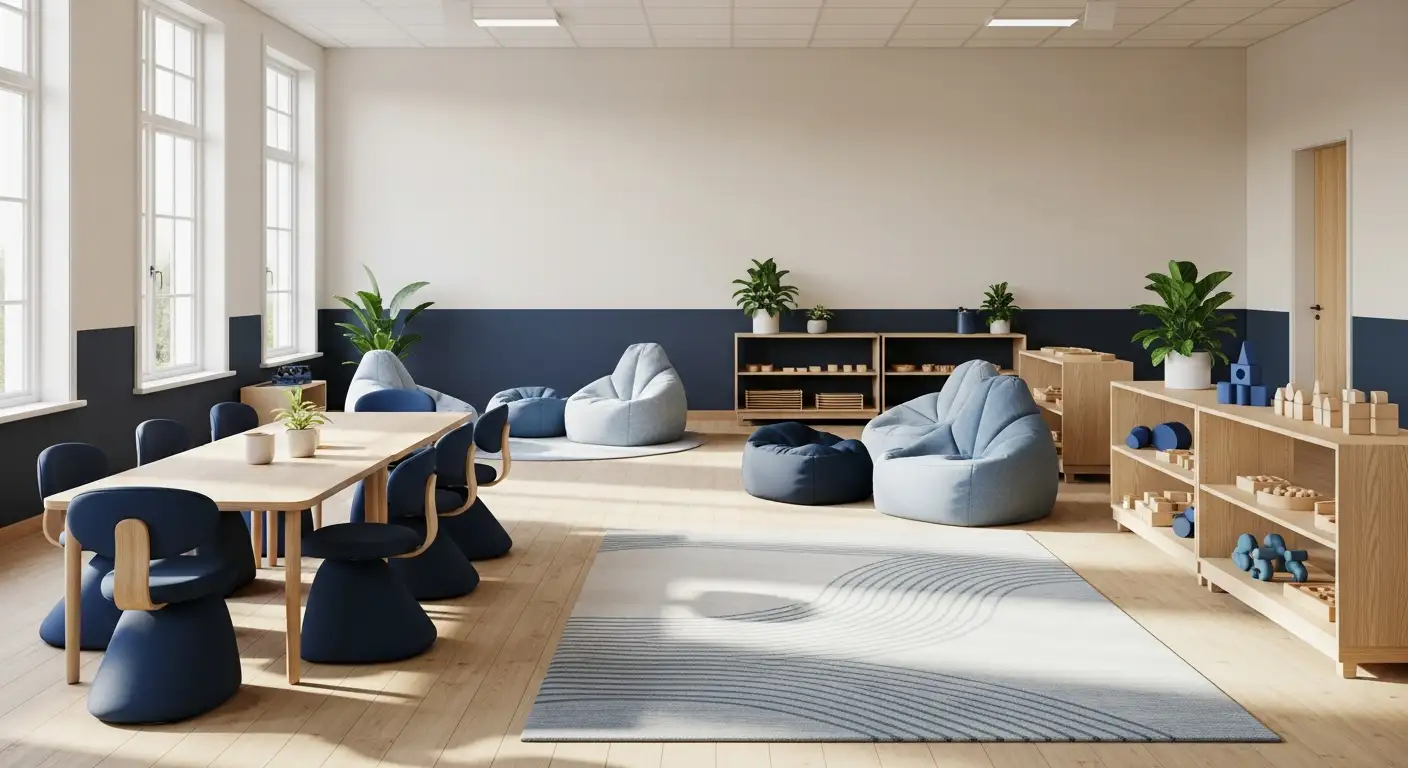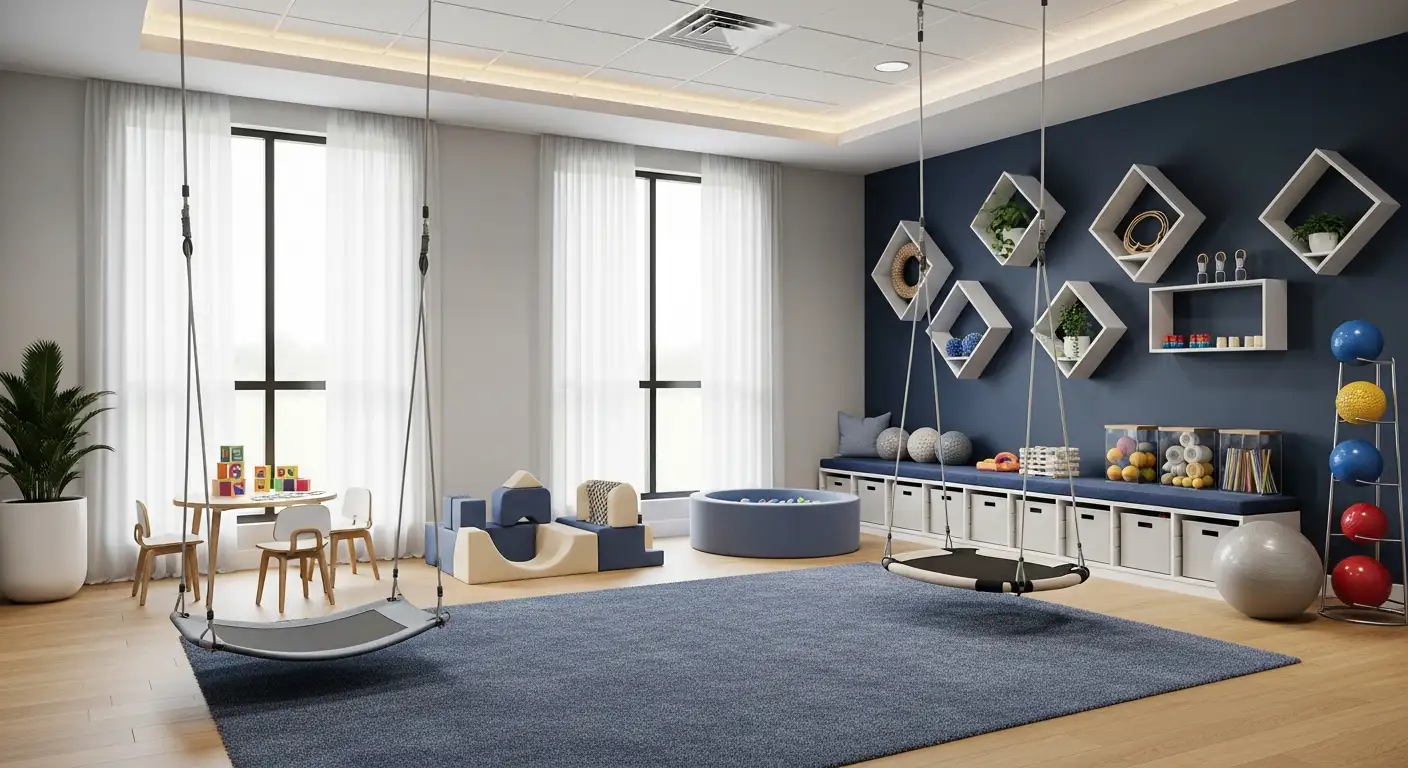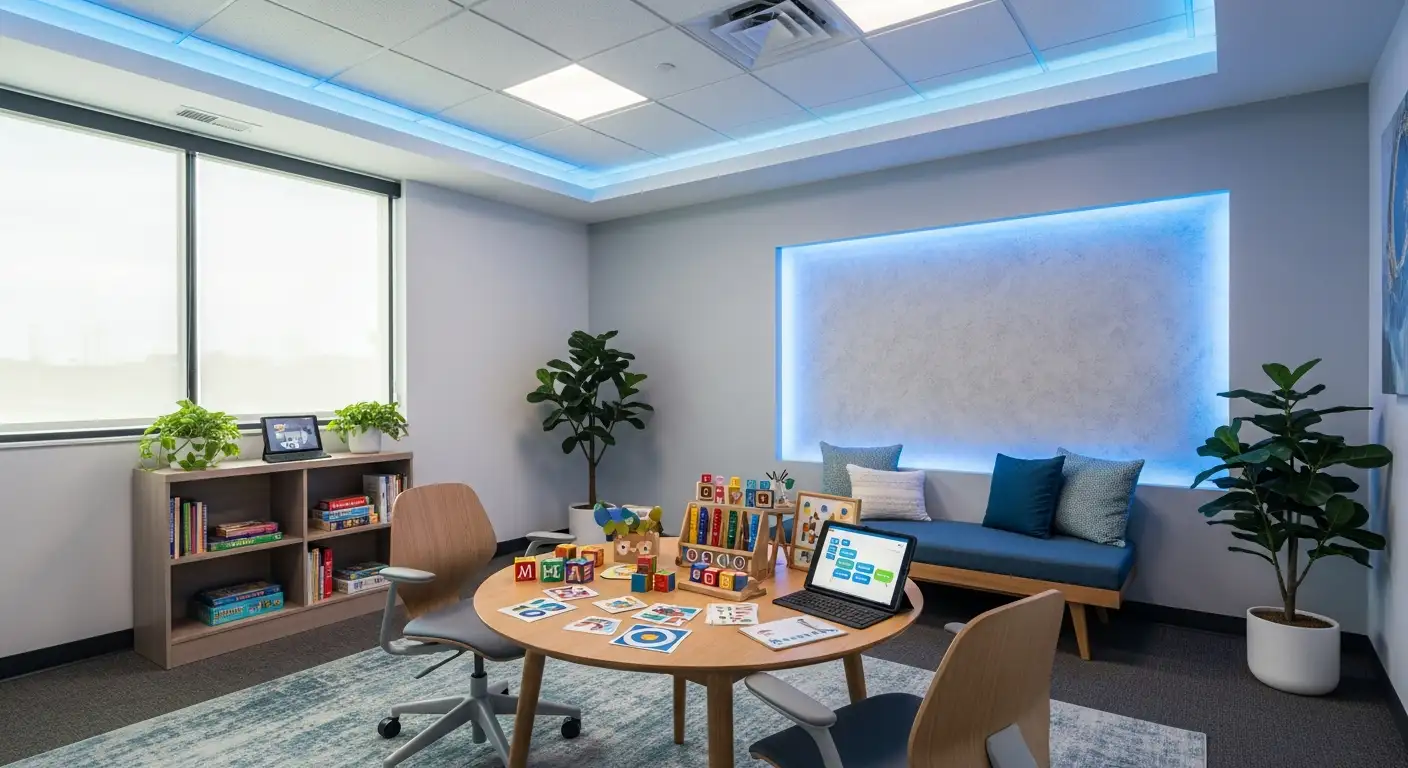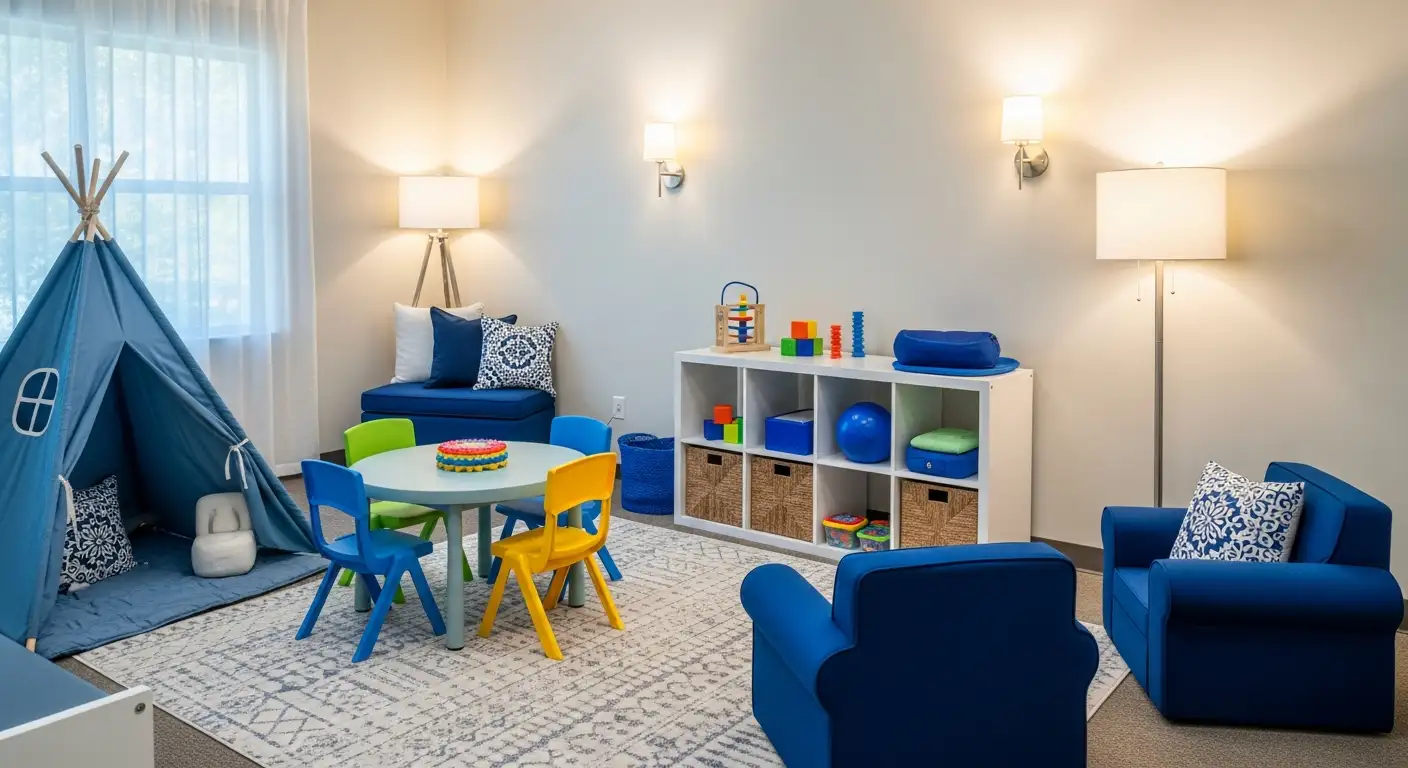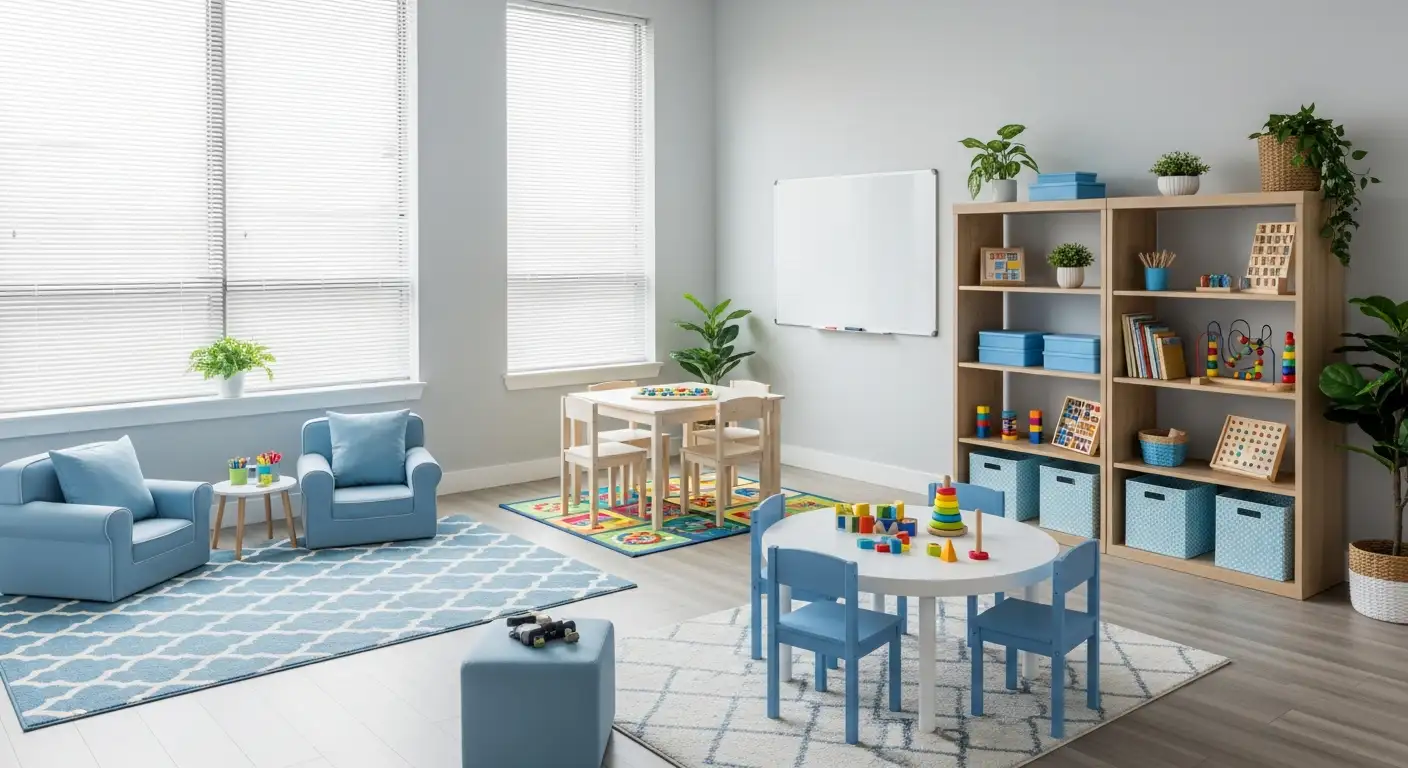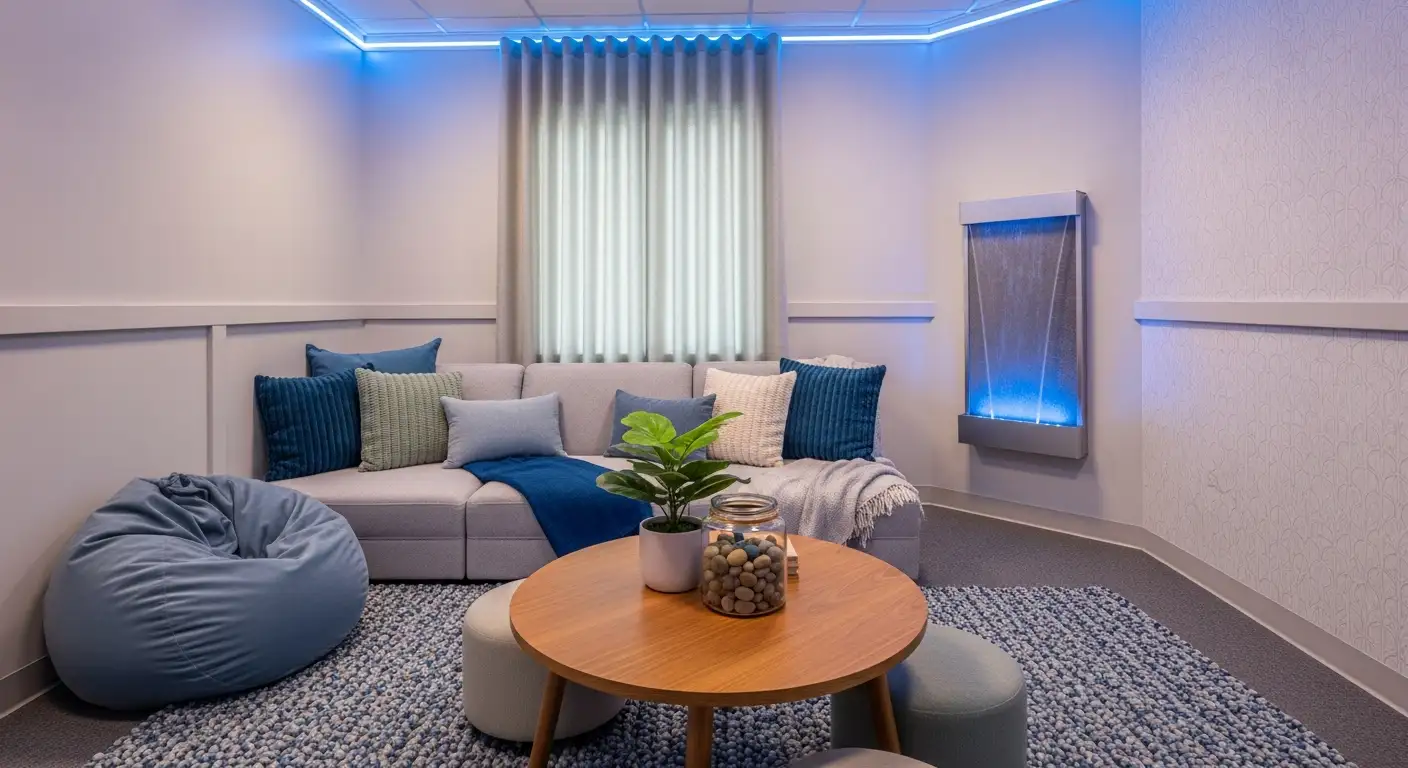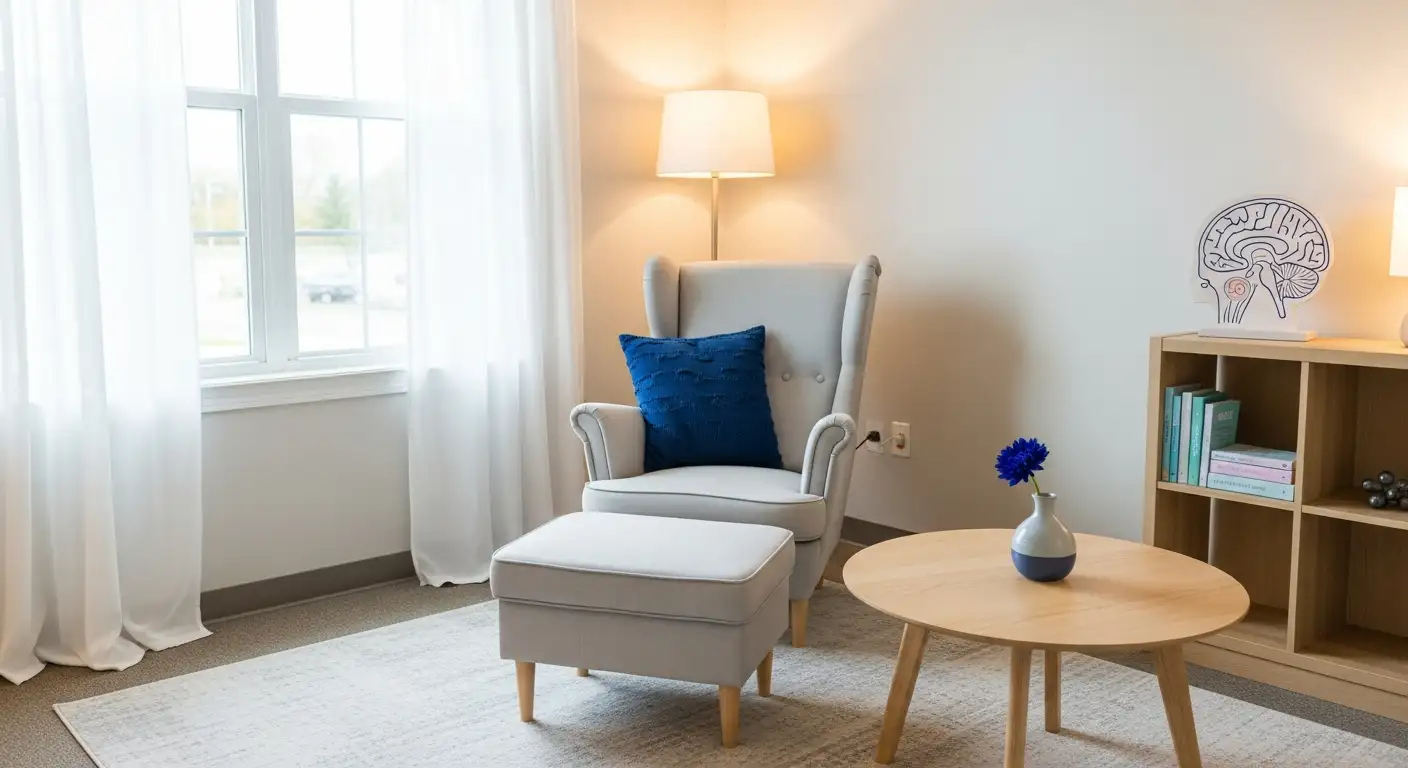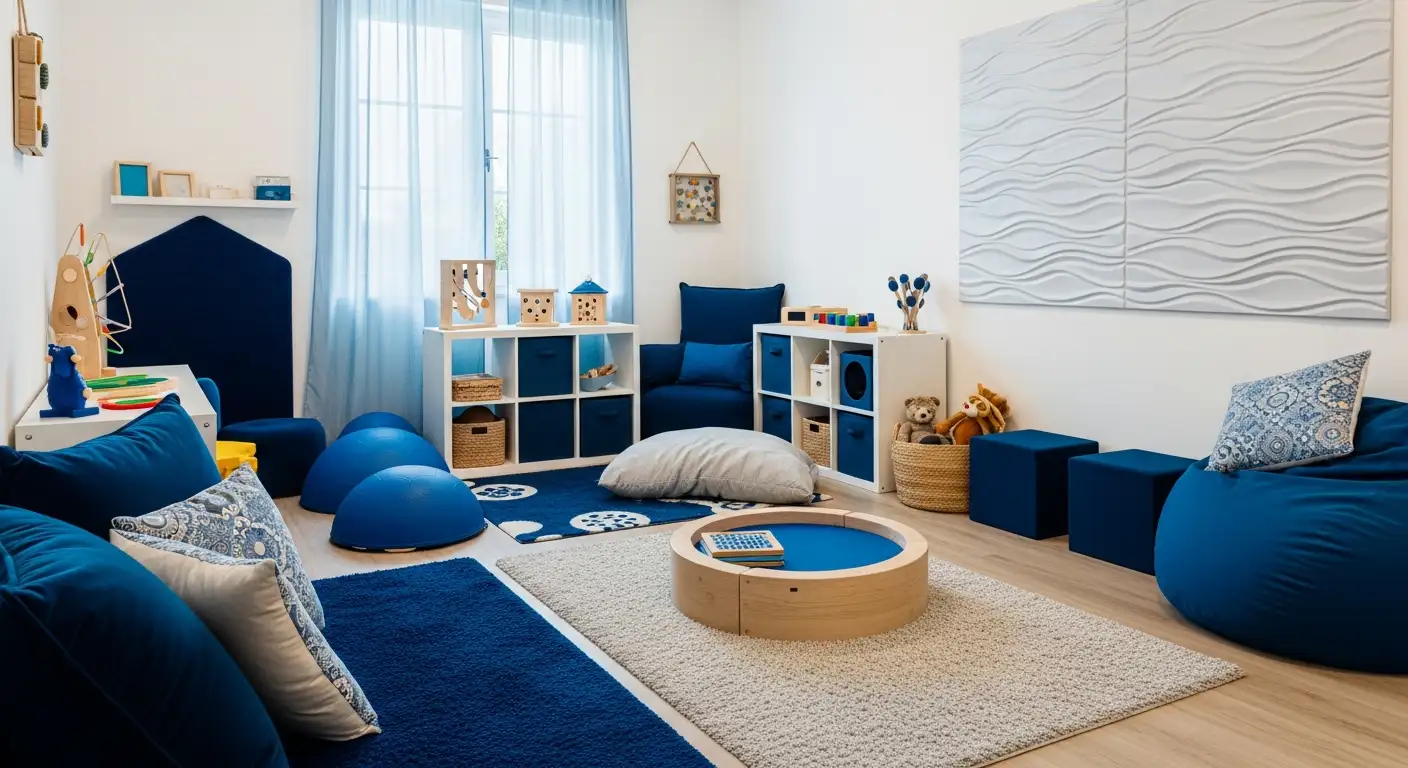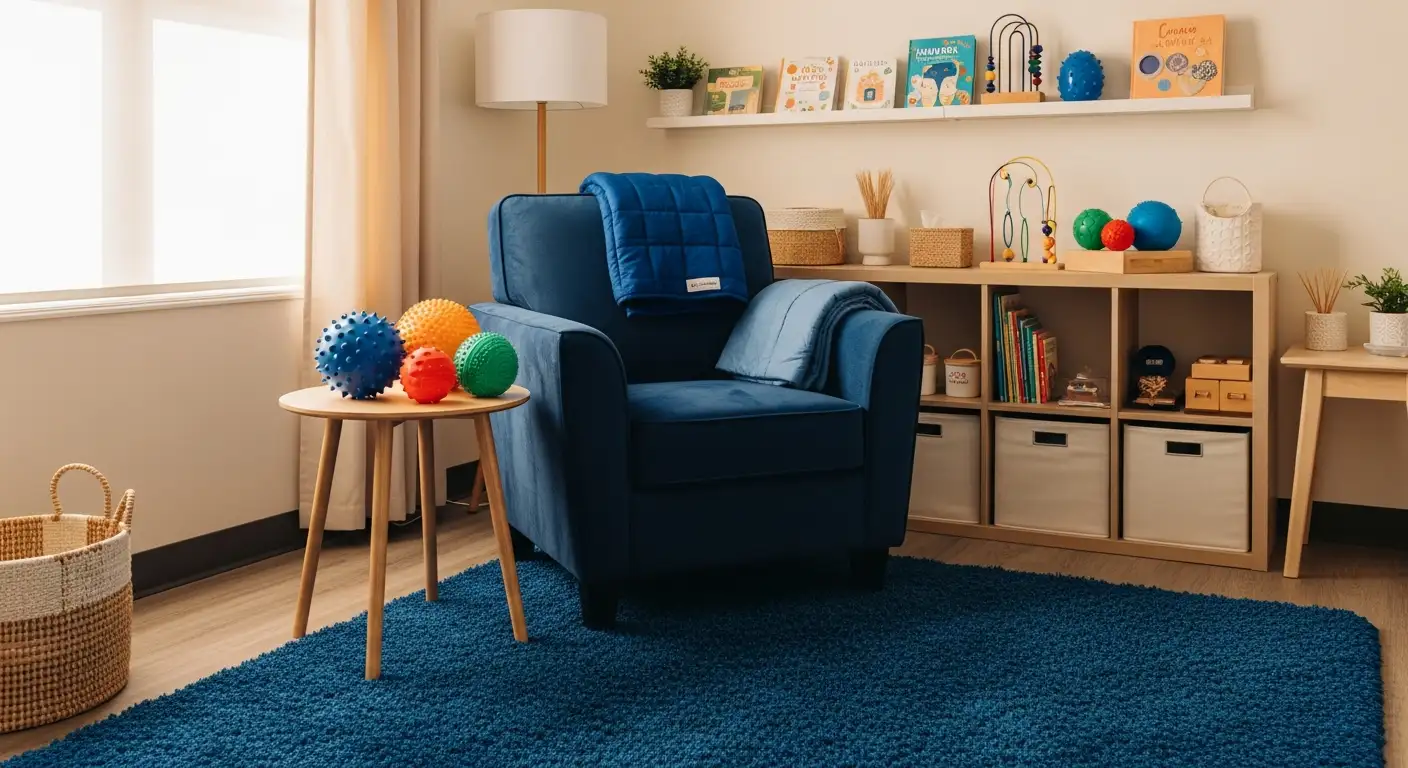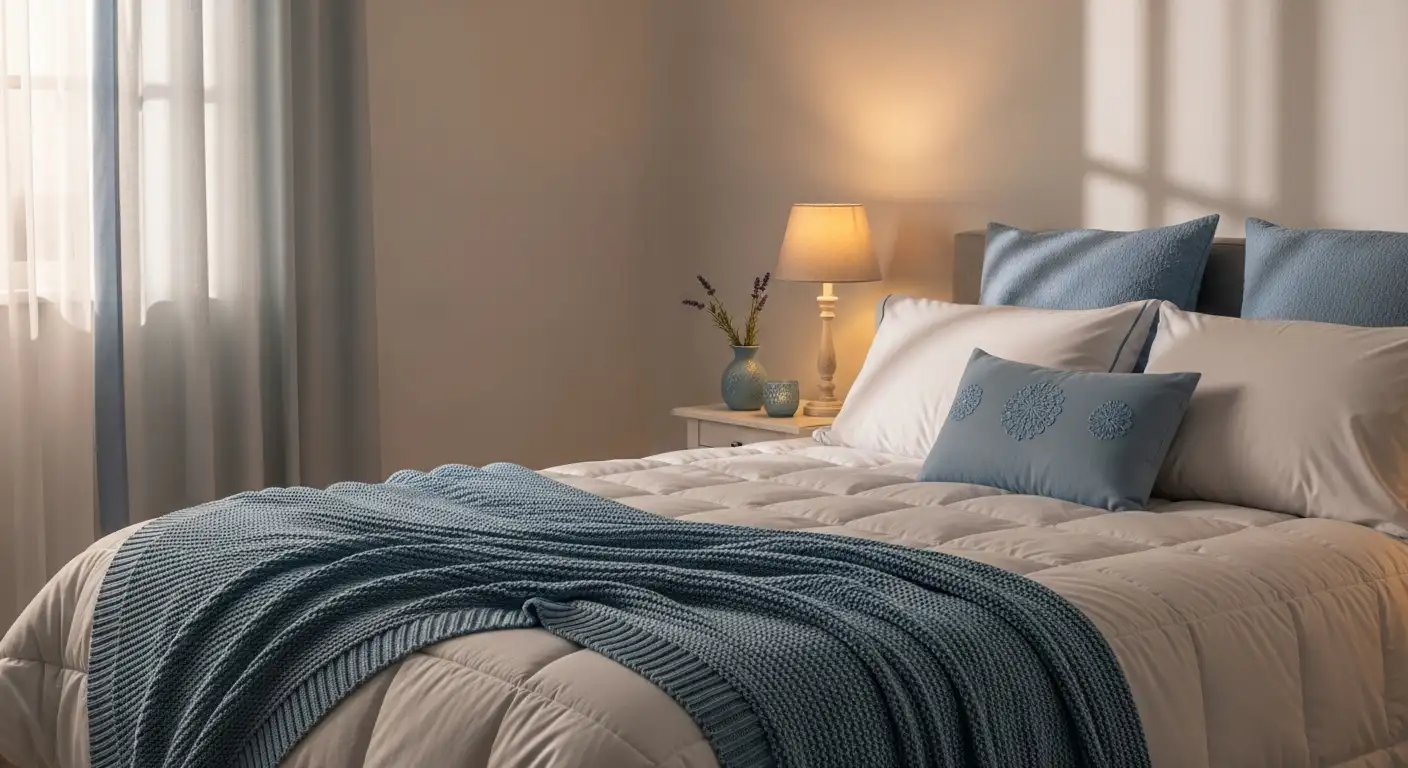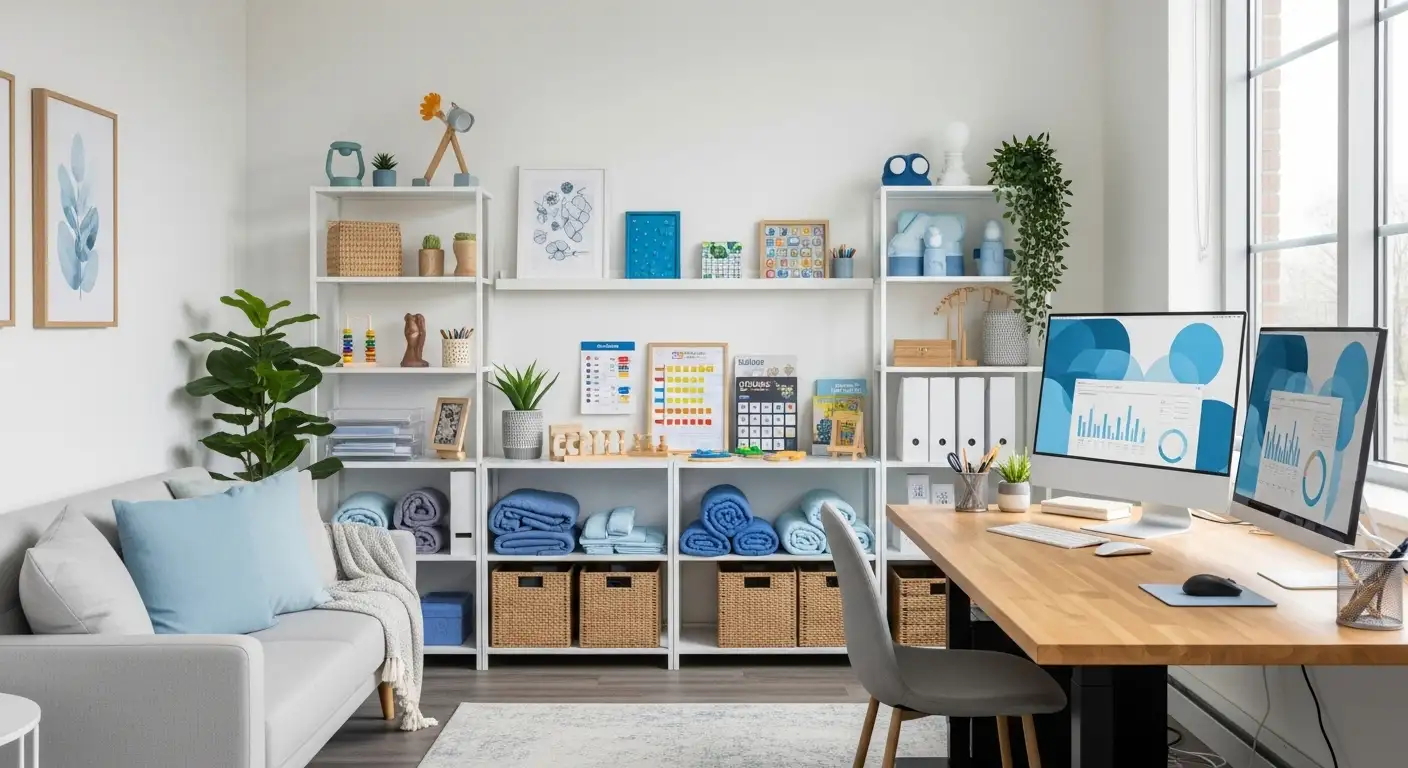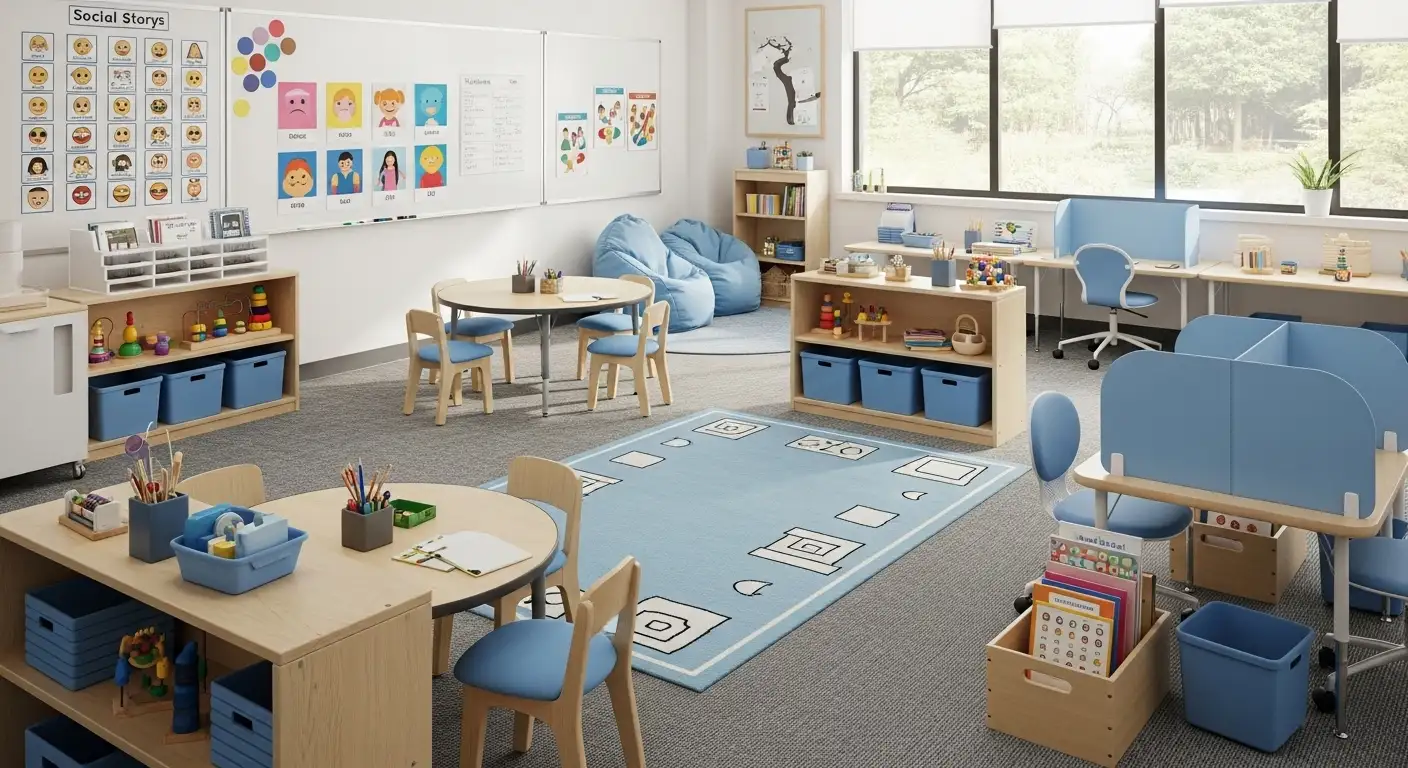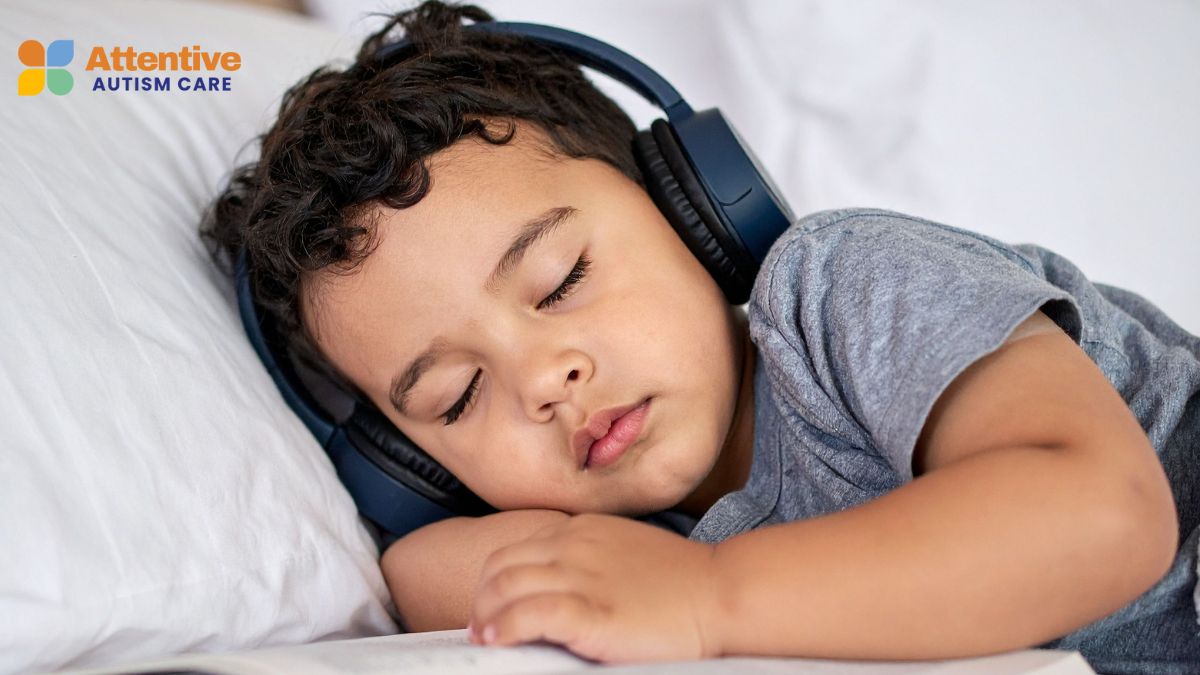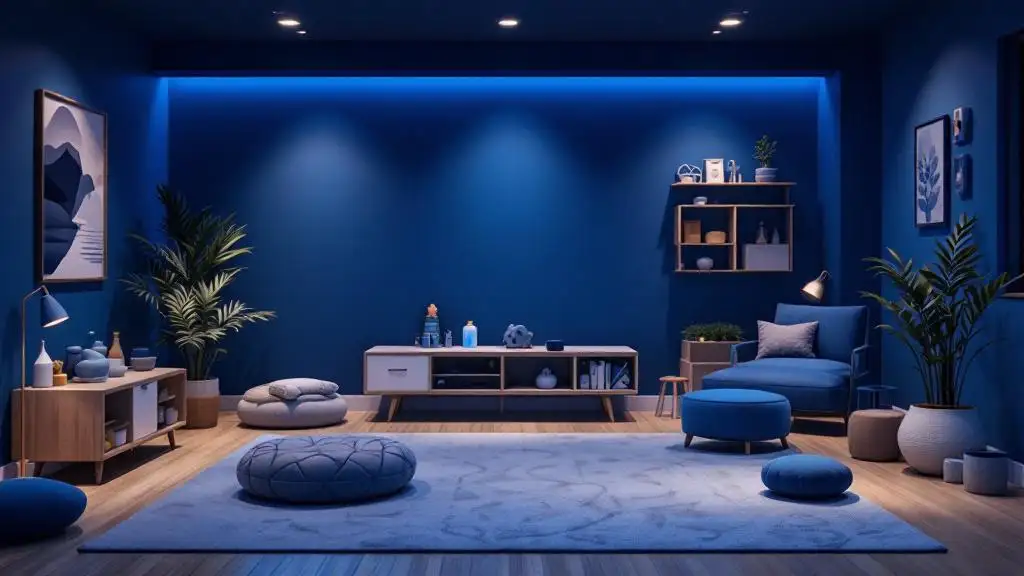Clothes For Children With Autism
Supporting Comfort and Self-Regulation with Adaptive and Sensory Clothing

Enhancing Daily Life for Children with Autism Through Specialized Clothing
Clothing plays a vital role in supporting children with autism by promoting comfort, reducing sensory overload, and aiding in behavioral regulation. With a wide range of sensory-friendly and adaptive options available, caregivers can find clothing that addresses the unique needs of each child, fostering a sense of security and independence.
Understanding Sensory-Friendly Clothing for Autism

What is sensory-friendly clothing for children with autism?
Sensory-friendly clothing for children with autism is specially designed to reduce sensory irritants and increase comfort. Children with autism often have sensory processing challenges, making them sensitive to textures, seams, tags, and tightness in clothes. Sensory clothing features soft, non-irritating fabrics, seamless construction, and loose fit to help minimize discomfort and overstimulation.
These clothes are crafted to support children in managing sensory input more effectively, promoting calmness and focus during daily activities. Many children find regular clothing overwhelming due to itchy tags or rough fabrics, which can lead to meltdowns or anxiety.
Families often opt for sensory-friendly options for everyday activities, travel, or special occasions, ensuring children remain comfortable and less prone to sensory overload. Overall, such clothing provides a sense of security, helping children feel at ease in various environments while supporting their sensory regulation.
Features to Look for in Clothing for Sensory Sensitivities
 When selecting clothing for children with sensory sensitivities, it is essential to focus on features that support their comfort and ease of wear. Soft, breathable fabrics such as organic cotton and bamboo are ideal choices because they are gentle against sensitive skin and help regulate temperature.
When selecting clothing for children with sensory sensitivities, it is essential to focus on features that support their comfort and ease of wear. Soft, breathable fabrics such as organic cotton and bamboo are ideal choices because they are gentle against sensitive skin and help regulate temperature.
Garments that are seamless or have flatlock stitched seams can significantly reduce irritation caused by traditional stitching. Tagless labels and designs are also vital to prevent discomfort and scratching from labels that can cause itching.
Opting for loose-fitting clothing with elastic-free waistbands and stretchy, adaptive closures makes dressing simpler for children who may struggle with fasteners. Easy-to-use features like magnetic closures, pull-on styles, and simple snap or hook-and-loop fasteners support independence and movement.
Choosing calming colors and simple patterns can reduce visual overstimulation, which is common among children with sensory processing challenges. Involving the child in the selection process can ensure the clothing aligns with their preferences, fostering a positive experience with dressing.
Overall, these features help create clothing that promotes comfort, sensory regulation, and confidence for children with sensory sensitivities, including those with autism.
Types of Adaptive Clothing for Children with Autism

What types of adaptive clothing items are available for children with autism?
Adaptive clothing designed for children with autism encompasses a broad range of garments tailored to meet their sensory and practical needs. Common items include bodysuits, vests, jumpsuits, and sleepwear, each crafted to enhance comfort and ease of dressing.
Bodysuits and one-piece jumpsuits often feature seamless, soft fabrics, and are designed without tags or seams that could irritate sensitive skin. These collections aim to reduce tactile discomfort while providing a functional, one-step dressing solution.
Vests and compression options are also prevalent, providing calming, proprioceptive input through gentle pressure. These are especially useful for children who seek sensory input or need help with sensory regulation.
For everyday convenience, garments with easy closures are vital. Magnetic fasteners, zipper backs, and side openings are frequently incorporated to facilitate dressing, especially for children who struggle with typical buttons or zippers. Some items come with rip tape closures, making it easier for children to dress and undress independently.
In addition to clothing for comfort and ease, many items include special accommodations for medical devices. For instance, some garments feature openings designed for feeding tubes or pulse oximeters, accommodating children with specific medical needs without sacrificing style or comfort.
Sleepwear options prioritize soft, breathable fabrics and seamless designs to promote restful sleep and sensory comfort during nighttime routines. These pieces help children feel secure while minimizing overstimulation.
In summary, adaptive clothing merges supportive features like easy closures, sensory-friendly fabrics, and medical accommodations, all crafted to promote comfort, safety, and independence for children with autism.
Supporting Sensory Regulation and Behavior with Clothing

How can clothing support sensory regulation and behavioral management in children with autism?
Clothing designed specifically for children with autism plays a crucial role in helping them manage sensory regulation and improve behavioral responses. These garments prioritize comfort and sensory-friendly features such as soft, breathable fabrics made from natural materials like organic cotton or bamboo, which are gentle on sensitive skin.
To reduce tactile overload, sensory clothing is often tagless, seamless, and itch-free, preventing irritation caused by seams or labels. This can significantly decrease discomfort and sensory sensitivities that might lead to distress or disruptive behaviors.
Additionally, specialized options like compression shirts, weighted vests, and calming accessories provide calming deep pressure input, which supports sensory regulation. This input helps children feel more secure and less overwhelmed by external stimuli.
Ease of dressing is another vital aspect. Adaptive clothing with simple fasteners, pull-on styles, or features like rip tape closures encourages children to dress independently. This fosters a sense of control and reduces frustration during dressing routines.
Ultimately, selecting clothing tailored to each child's unique sensory needs enhances comfort, promotes calmness, and minimizes sensory overload, leading to better behavior and increased participation in daily activities.
| Clothing Features | Purpose | Additional Details |
|---|---|---|
| Soft, hypoallergenic fabrics | Comfort and skin sensitivity | Made from organic cotton, bamboo |
| Seamless, tagless designs | Reduce tactile irritation | No seams or labels to prevent discomfort |
| Compression garments | Calming deep pressure | Shirts, vests providing sensory input |
| Weighted accessories | Support sensory processing | Shoulder pillows, weighted vests |
| Easy-to-use fasteners | Promote independence | Rip tape, snap buttons, pull-on styles |
This thoughtfully designed clothing helps children with autism feel more comfortable, manage sensory needs effectively, and develop greater independence.
Tips for Caregivers: Choosing the Right Clothing
 When selecting clothing for children with sensory sensitivities, comfort and simplicity are essential. Choose soft, breathable fabrics such as organic cotton, bamboo, or jersey knit to minimize skin irritation. Items that are tagless, seamless, and made with flat seams help reduce discomfort caused by tags and seams, which can be especially bothersome for children with autism or sensory processing disorder.
When selecting clothing for children with sensory sensitivities, comfort and simplicity are essential. Choose soft, breathable fabrics such as organic cotton, bamboo, or jersey knit to minimize skin irritation. Items that are tagless, seamless, and made with flat seams help reduce discomfort caused by tags and seams, which can be especially bothersome for children with autism or sensory processing disorder.
Ease of dressing is another important factor. Clothing with easy closures like hook-and-loop fasteners, magnetic snap buttons, or elastic waistbands allows children to dress and undress more independently, boosting confidence and autonomy. Looser fitting garments and layering options can help accommodate temperature changes and avoid constriction, which may lead to sensory overload or discomfort.
Avoid clothes with scratchy embellishments, metal accessories, or busy patterns that could overstimulate sensitive children. Incorporating sensory-friendly items such as weighted vests or compression garments can provide calming proprioceptive input, supporting self-regulation.
Involving the child in clothing choices encourages positive engagement and helps determine what textures and styles feel most comfortable. Introducing new clothes gradually allows children to adjust without becoming overwhelmed, ensuring a smoother dressing routine.
Overall, tending to comfort, ease, and sensory needs while actively involving children in decisions creates a more supportive and stress-free dressing experience. Prioritizing these factors can significantly enhance children’s daily comfort and emotional well-being.
Affordable Options and Brand Recommendations
How can I find affordable sensory-friendly clothing options for children with autism?
Finding budget-friendly sensory clothing for children with autism involves exploring various brands and shopping strategies that prioritize comfort, safety, and affordability.
Start with well-known brands that focus on sensory-sensitive apparel. Brands like Cloud Nine Clothing, Kozie Clothes, and mainstream retailers such as Target’s Cat & Jack™ and Walmart’s George line often provide basic items like tagless t-shirts, seamless socks, and soft leggings at reasonable prices. These brands understand the importance of features like flat seams, soft fabrics, and tagless labels which help reduce tactile discomfort.
Signing up for newsletters and promotional alerts from these brands can keep you informed about sales and exclusive discounts. Using cashback and discount apps like Rakuten, Honey, and RetailMeNot can also help you save money, especially during seasonal sales or clearance events.
Buying multi-packs of everyday essentials such as t-shirts, underwear, or socks from brands like Hanes or Old Navy offers greater value for money. These packs often feature sensory-friendly designs, making everyday dressing more comfortable for children.
Secondhand shopping platforms like eBay, Poshmark, Facebook Marketplace, and local thrift stores are excellent sources for gently used sensory clothing. Often, you can find high-quality, well-maintained items at significantly lower prices. These options are especially helpful for expensive items like weighted vests or compression garments.
DIY modifications are another cost-effective approach. Removing tags, adding soft inner layers, or sewing small weights or fidgets into clothing transforms regular apparel into sensory-friendly pieces without the added expense.
Websites such as Kozie Clothes or SpecialKids.Company offer a selection of sensory clothing made from hypoallergenic, seamless, and natural fabrics that are designed specifically for children with sensory sensitivities. These can often be purchased at accessible price points, especially when factoring in sales or discounts.
In conclusion, combining brand-specific shopping, secondhand finds, and DIY adaptations with the help of discount tools is an effective strategy to access affordable, sensory-friendly clothing tailored for children with autism.
Enhancing Comfort and Independence with Thoughtful Clothing Choices
Selecting the right clothing for children with autism involves understanding their sensory sensitivities, choosing appropriately designed garments, and considering affordability and practicality. By prioritizing soft, seamless, and easy-to-manage options—whether from specialized brands or secondhand sources—parents and caregivers can significantly improve daily comfort, promote positive behaviors, and support independence. Incorporating sensory-friendly clothing into routines not only boosts children's confidence but also creates a safer and more accommodating environment for growth and development.
References
- Sensory and Adaptive Clothing for Kids | Kozie Clothes | Sensory ...
- Special Needs Clothing | Adaptive Clothing & Accessories for ...
- Super soft sensory-friendly clothing without tactile seams or labels
- How to Find Affordable Sensory-Friendly Clothes for Children with ...
- Best Autism Apparels for Kids on the Spectrum
- Sensory Clothing For Proprioceptive Input - Sensory Direct
- Jettproof Sensory Clothing for Children & Adults | JettProof Australia
- Things to consider when buying clothing for children with autism










